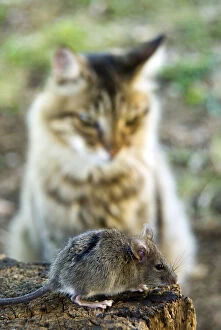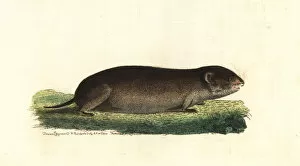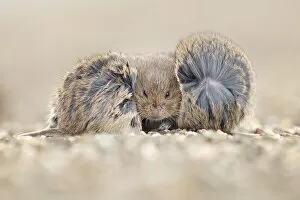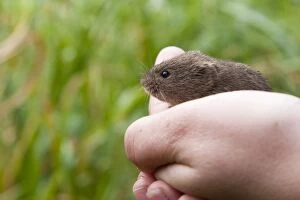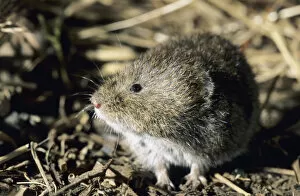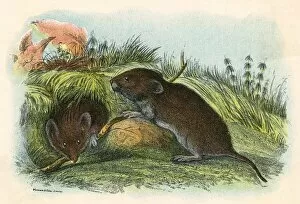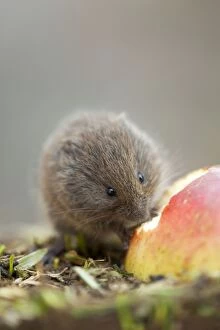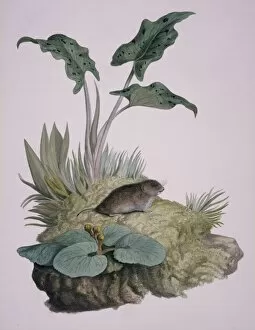Microtus Collection
Microtus, also known as field voles, are small rodents that inhabit various ecosystems around the world
All Professionally Made to Order for Quick Shipping
Microtus, also known as field voles, are small rodents that inhabit various ecosystems around the world. One species of the Field Vole, scientifically named Microtus agrestis. This particular vole can be identified by its colored photo with a unique DDE-90032472 code. Another species within the Microtus genus is the Taiga vole, or Microtus xanthognathus. These voles have adapted to survive in taiga habitats and play an essential role in their ecosystem. While some may mistake them for larger rodents like capybaras (Hydrochoerus hydrochaeris), it's important to note that these two animals belong to different families. Capybaras are much larger than voles and are commonly found in South America. In colder regions such as tundra areas, you may come across Root Voles feeding on plants along rivers like Negustyah. Their survival depends on consuming vegetation found near water sources. Field voles are fascinating creatures that seek shelter during harsh weather conditions. Three common voles (Microtus arvalis) were captured seeking refuge from strong winds during an autumn storm on a pier at the Wadden Sea coast in Holwerd, Friesland, The Netherlands. This captivating image won Nature Photo of the Year 2022 and emerged victorious in the Mammal category under Picture No. 10876209. These photos provide us with glimpses into the lives of these tiny mammals and remind us of their significance within their respective ecosystems. Whether it's exploring new territories or seeking protection from adverse weather conditions, microtus species continue to captivate our attention with their resilience and adaptability.

